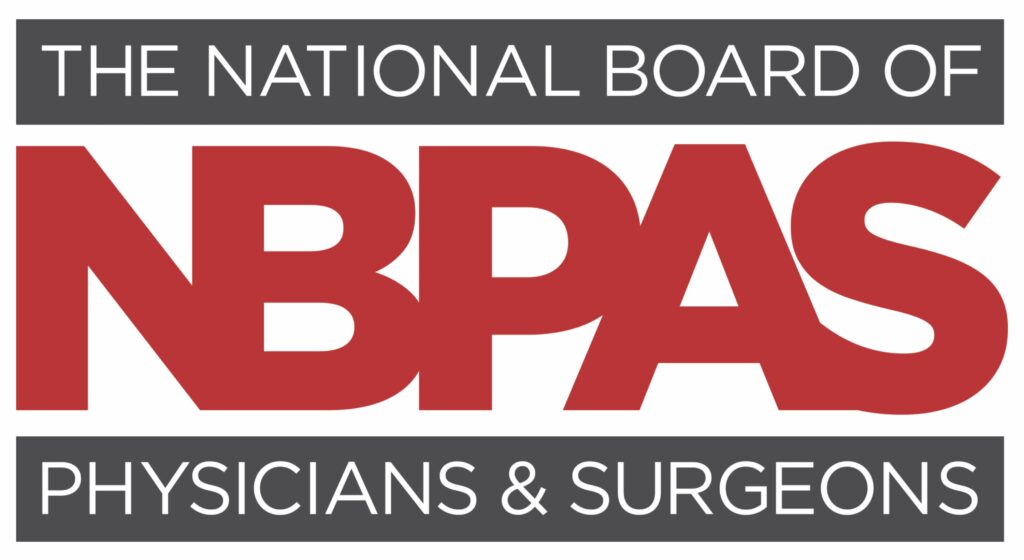Feeding your family healthy, nutritious meals while staying on a budget can seem overwhelming. Most people even dread going to the grocery store. Sticking to a few simple tips can help make grocery shopping more enjoyable and cost effective.
Money saving tips
Successful grocery shopping starts at home. Before heading to the store, take an inventory of the foods you already have so that you are not buying multiples of anything. Create a menu for the week based on the foods in your inventory. Make a shopping list and stick to it! Grocery stores strategically place ‘companion’ items throughout the store to encourage impulse buying. For example, stay away from the caramel dip placed next to apples. Only stray from your list if it is a healthy item. Shop alone! Friends and children can add food to your cart that is unhealthy and out of the budget. You can spend 10- 40% more when shopping with a friend or family member.
Healthy shopping
When arriving at the store, start around the perimeters. This is where the whole foods are placed. Start with the fruits and vegetables and work your way around, eventually making your way to the dairy section. Try to stay away from the middle sections of the store. This area is primarily loaded with processed foods. Also, don’t sample products if you are not going to purchase them. This not only adds to that day’s calorie count, but could entice you to purchase something you don’t need.
If venturing to the middle of the store for the healthier items such as canned tuna and vegetables, be aware of the strategically placed items. For example, grocers place appetizing, unhealthy options such as high sugar breakfast cereals at eye level in order to grab children’s attention. Usually the healthier options are at the very top or bottom. Remember, food companies pay for the shelf space at eye level so your kids will bug you to buy the yummy-looking cereals.
Aisle by Aisle
- Produce. Spend the most time in the produce section, which is usually the largest section in the store. Choose all colors of the rainbow in your assortment and don’t be afraid to try new fruits and vegetables every now and then. Also, don’t forget to do your research and buy what produce is in season. This is when the produce is the most fresh and inexpensive. For a great resource, go to http://healthymeals.nal.usda.gov/features-month/whats-season
- Dairy is a great source of calcium and vitamin D which helps build strong, healthy bones. There is a large assortment of dairy in the form of yogurt, milk, and cheeses (low fat and high fat options) which can help you meet your daily calcium consumption.
- Breads, cereals, and pastas. These items should be chosen in the least processed form. Whole grains are the best option because they are the least processed. Whole grains also contain fiber which aids in the movement of waste through our digestive system. Whole oats, 100% whole wheat pasta and 100% whole wheat bread are the best options. Choose cereals with at least 4 grams of fiber and the least amount of added sugars possible.
- Frozen foods. Frozen fruits and vegetables are a great and convenient way to keep up on produce when it is not in season. If budget is a concern, frozen fruits and vegetables are just as nutritious as fresh fruits and vegetables and very budget friendly. Frozen fruits are perfect for smoothies and frozen veggies add bulk to soups and other easy dinners.
- Canned and dried foods. Keeping a variety of canned vegetables such as beans make great additions to soups and side dishes. Choose no salt added variations of vegetables and canned fruit packed in natural juices with no sugar added. Also, have a variety of olive and canola oils as well as different vinegars for a well stocked pantry.
Alexa Angelo

